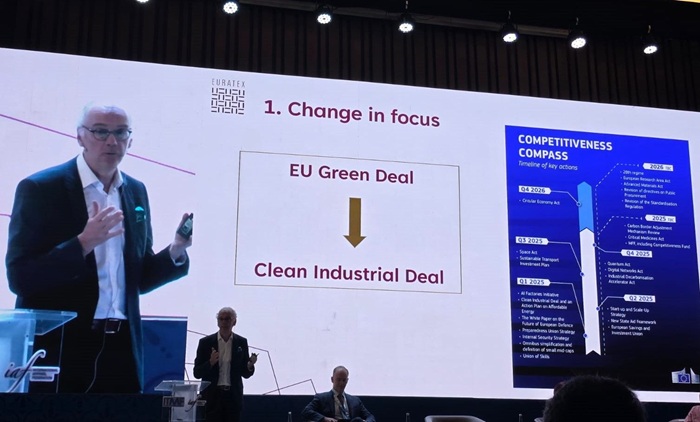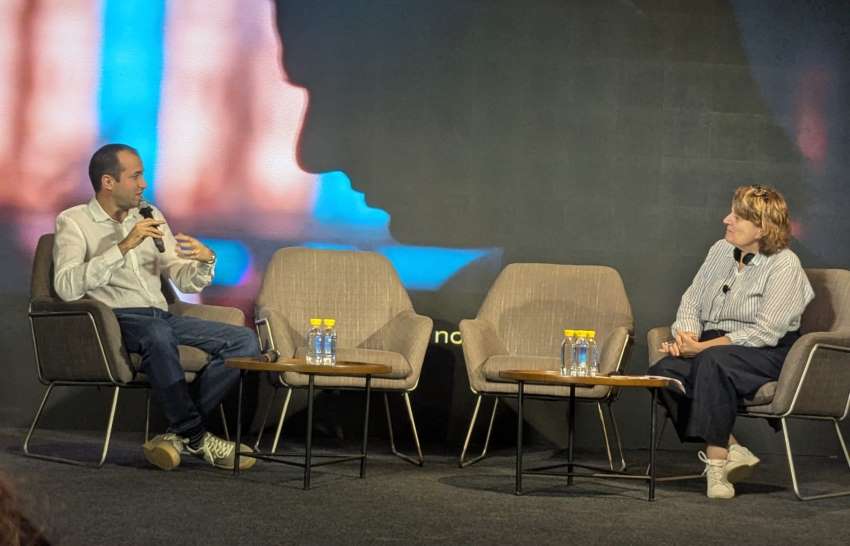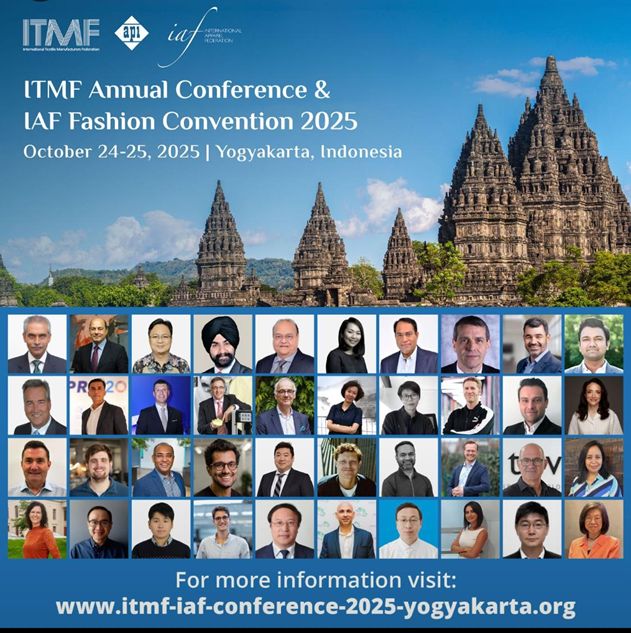Though Indian leather and textile exporters don’t expect a huge rise in new orders, they see the 90-day tariff reprieve as an opportunity to clear their existing backlogs at reduced tax rates.
Industry sources suggest, weak demand and uncertainty surrounding Washington's ongoing trade talks with other countries are keeping US consumers in a ‘wait-and-see’ mode.
Prabhu Dhamodharan, Head, Indian Texpreneurs Federation (ITF), states, the recent developments could ease current difficulties in dispatching orders. However, the average total tax on consumer goods, including textiles, entering the US is over 20 per cent, indicating continued pressure on spending, he pointed out. This includes a base duty of 10 per cent on all countries and tariffs exceeding 100 per cent on imports from China.
While US President Donald Trump recently postponed the implementation of reciprocal tariffs for 90 days, with the exception of China (which currently faces a 104 per cent tax), the standard 10 per cent duty that took effect on April 5 remains universally applied.
According to A Sakthivel, Vice Chairman of the Apparel Export Promotion Council, the Council can only export based on demand and its existing capacity. Head of the Poppys Knitwear in Tiruppur, Sakthivel says, exporters are focusing on shipping only pending orders during the relief period and that the tariff window might help speed up shipments by about ten days.
He adds, Indian exporters are closely monitoring the conclusion of the US-India bilateral trade agreement (BTA) negotiations, which could benefit the sector in the long run. US buyers now believe that India will receive preferential tariff treatment compared to other Asian nations, particularly China, he states.
The United States imported $107.72 billion worth of textiles in 2024, with $80 billion of that being clothing alone. China held the largest share at 21 per cent, followed by Bangladesh (9 per cent), India (6 per cent), Vietnam (19 per cent), and Sri Lanka (3 per cent). Under the new tariff structure, India’s main competitors, Bangladesh (37 per cent tariff), Sri Lanka (44 per cent tariff), and Vietnam (46 per cent tariff), will all pay significantly higher duties. The United States is currently in negotiations with over 75 countries to reduce their tariffs.
Concerned about order cancellations under the new structure, the leather sector has welcomed the tariff delay, according to Israr Ahmed, Farida Group, a Chennai-based exporter of leather goods. He states, most exporters are currently trying to push through orders within the 90-day window, which aligns with the industry’s order cycle of 90 to 120 days. Even though India’s global leather and footwear sales are relatively small, consumers are starting to realize the need to diversify their purchases away from countries like China and Vietnam, he opines.
According to government data, India exported $4.1 billion worth of leather and leather products between April 2024 and February 2025, with $870 million of that going to the US. Ahmed, Former Vice-President, Federation of Indian Export Organisations (FIEO), believes India will eventually increase its market share—as long as high tariffs on rival nations persist.












